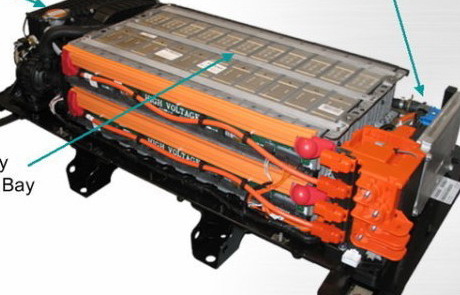Japan develops "air magnesium battery" up to 10 times lithium battery
Japan is advancing the research of large-capacity air magnesium batteries. The working principle of this battery is to generate electric energy through chemical reactions between oxygen in the air and magnesium metal. The participating organizations include Furukawa Battery, Nikon, Nissan Motors, Tohoku University in Japan, and Miyagi Prefecture, Nisshin City and other 11 units in the industry, academia, and government. The Furukawa Battery Co., Ltd. will also develop a system for reusing power generating devices and devices. The power generation device developed by Furukawa Battery is an air battery whose positive electrode is oxygen and its negative electrode is magnesium metal. The positive electrode manufacturing process of this air battery is simple, and the negative electrode magnesium releases a large amount of electrons. Therefore, Northeastern University introduced that the advantage of the battery is that the battery energy density can reach 10 times the weight of lithium batteries.
Die casting is a Aluminium or Zinc metal casting process that is characterized by forcing nolten metal under high pressure into a die mold cavity. The mold cavity is created using two hardened tool steel dies which have been machined into shape and work similarly to an injection mould during the process. Most die castings are made from non-ferrous metals, specifically zinc, copper, aluminium, magnesium, lead, pewter, and tin-based alloys. Depending on the type of metal being cast, a hot- or cold-chamber machine is used.
The casting equipment and the metal dies represent large capital costs and this tends to limit the process to high-volume production. Manufacture of parts using die casting is relatively simple, involving only four main steps, which keeps the incremental cost per item low. It is especially suited for a large quantity of small- to medium-sized castings, which is why die casting produces more castings than any other casting process. Die castings are characterized by a very good surface finish (by casting standards) and dimensional consistency.
Die Casting Mould,Pressure Washer Aluminium Die Casting,Power Tools Aluminium Die Casting Mould,Filter Rear Cover Die Casting Mould Zhejiang Ceeto Molding Technology Co.,Ltd. , http://www.ceetomold.com

As the first step in the study, Furukawa Battery plans to produce 300 watts of emergency power during the year for charging mobile phones. We will strive to develop a power source with a power capacity of 3 kW that can support household electricity after 5 years, and build a power generation system that can be used as a small-scale power plant of 1,000 kW in 10 years.